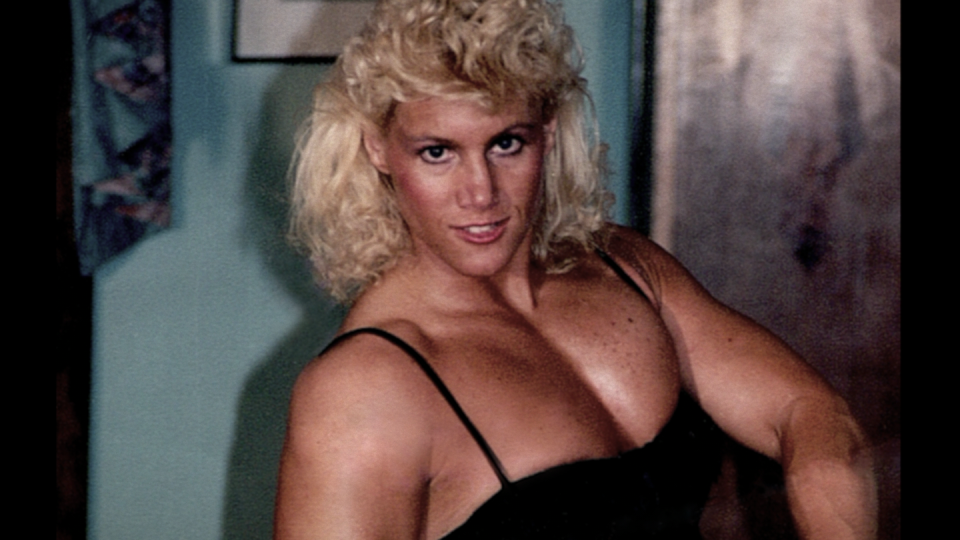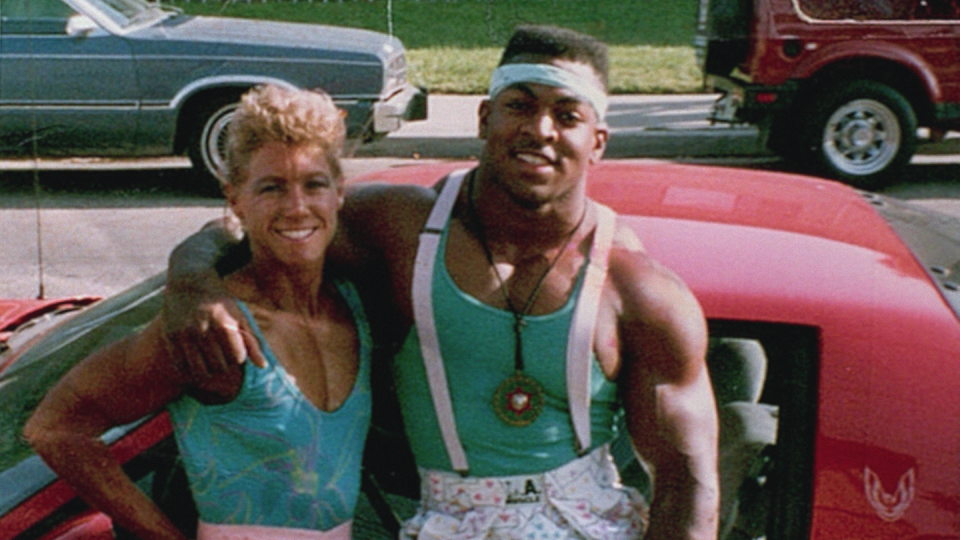Netflix’s ‘Killer Sally’ Tells The Story of a Famous Bodybuilding Killing
Killer Sally is the latest sneaky show in Netflix’s ongoing rollout of true crime sensations. And the incident at its core may be unknown even to many true crime heads. The three-episode docuseries focuses on bodybuilding’s most famous killing: the story of two ex-Marines and bodybuilding champions who married, Ray and Sally McNeil, and the violence that erupted on Valentine’s Day 1995, leaving Ray dead.
Was it self-defense? Or calculated murder? Why is Sally McNeil called Killer Sally? The documentary covers all that, plus other lingering questions that hang over not just this homicide but also the insular, often strange bodybuilding subculture. But don’t worry, whether you’re definitely watching or just curious about the case, here’s an explainer of what exactly happened and how it’s portrayed in Netflix’s Killer Sally.
Who’s the killer in Killer Sally?
Netflix doesn’t beat around the bush with the title of this true crime docuseries: Sally McNeil did indeed kill her husband, Ray, on the night of Valentine’s Day 1995. (But to be fair, “Killer Sally” was a nickname she had already adopted as a famously fierce bodybuilder and military veteran.)
Specifically, Sally McNeil removed a 12-gauge shotgun from a closet in their home in Oceanside, California, near San Diego. And then she blew two huge holes—through Ray’s abdomen and jaw. She called police, claiming self-defense, while Ray still writhed, muttering, “No!” when authorities arrived. He died two hours later. And Sally was charged with murder.

Here’s how Netflix explains the Killer Sally series in its synopsis: “Sally claimed it was self-defense, a split-second decision to save her life. The prosecution argued it was premeditated murder, the revenge of a jealous and aggressive wife. They called her a ‘thug,’ a ‘bully,’ a ‘monster.’ The media referred to her as the ‘brawny bride’ and the ‘pumped-up princess.’ Sally says she spent her life doing whatever it took to survive, caught in a cycle of violence that began in childhood and ended with Ray’s death.”
What ended up happening in Sally McNeil’s case?
Here’s a timeline based of what we know: Per the New York Daily News, Ray arrived home late, after 10 pm, on Valentine’s Day 1995. Physical altercations between the couple were already common. There was shouting that night, building to a fight. Then, according to Sally’s daughter (and Ray’s stepdaughter) Shantina, 11 at the time, there was a “gurgling” noise, as though Sally was being choked.
What happened next: Sally grabbed the shotgun, loaded two shells, and shot Ray in both his meticulously honed torso and his mouth. It was a brutal scene.
Sally called 911, and Ray could be heard saying, moaning, "Why, oh God, why?"
That 911 call, and what followed, are tracked throughout Killer Sally. But mysteries still abound. By 1995, Sally already had a well-documented record of violence, including assaulting a cop. “Roid rage” became a refrain in media coverage of the matter, and indeed, both Ray and Sally were found to be taking steroids (Sally reportedly tested positive for Deca-Durabolin, also allegedly used by Major League Baseball pitcher Roger Clemens).

Sally’s defense team portrayed her as a victim of domestic abuse who did what she had to do. The prosecution painted her as an unhinged murderer.
The jury ultimately convicted Sally McNeil of second-degree murder, and she was sentenced to 19 years to life in prison. (We’ll leave her current status unspoiled for those who wish to devour the Netflix series.)
Where is Sally McNeil now?
While Killer Sally dances around her current status until episode three, showing interview footage of her inside what could well be a prison break room, we discover that she is no longer in prison. She was released from the Central California Women’s Facility in the summer of 2020. She served 25 years in prison. Upon leaving, she moved into the Veterans Transition Center in Marina, California, which gives veterans an opportunity to reenter society. We watch her eat a McDonald’s burger. “Freedom tastes wonderful,” she says. And she has a warm reunion with her children.
How does Killer Sally capture the truth behind the killing?
Killer Sally fares as one of Netflix’s better forays into true crime documentary filmmaking. The reporting is solid: Not only does it manage to smartly incorporate contemporaneous accounts around the time of the killing, but the filmmakers were able to interview Sally today and her two now-grown children.
The result is disquieting, mysterious, but also plain fascinating: No one can definitively say what happened the night in question, except that it was ugly. Killer Sally doesn’t shy away from the more unseemly aspects of competitive bodybuilding (Ray had been named Mr. California in 1991, while Sally had won the U.S. Armed Services Physique Championship twice in the late '80s), and how they inevitably touch on the event and its fallout.
Killer Sally starts with a gripping warning from Sally herself, who says she will unspool her memory as best she can, but can’t promise it will be a perfect recollection. The perspective shifts from there leave the viewer in limbo while teasing out truths and possible, tantalizing truths about that gruesome night in 1995.
You Might Also Like

